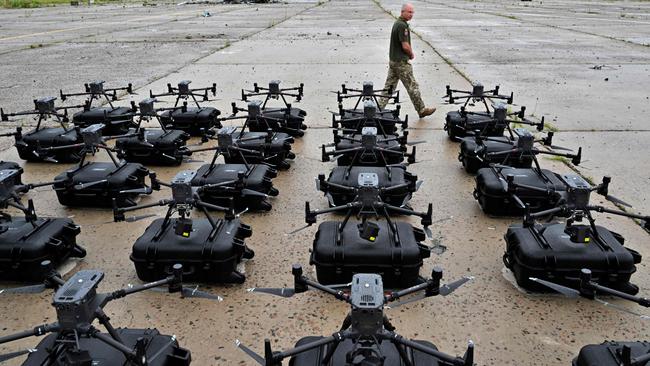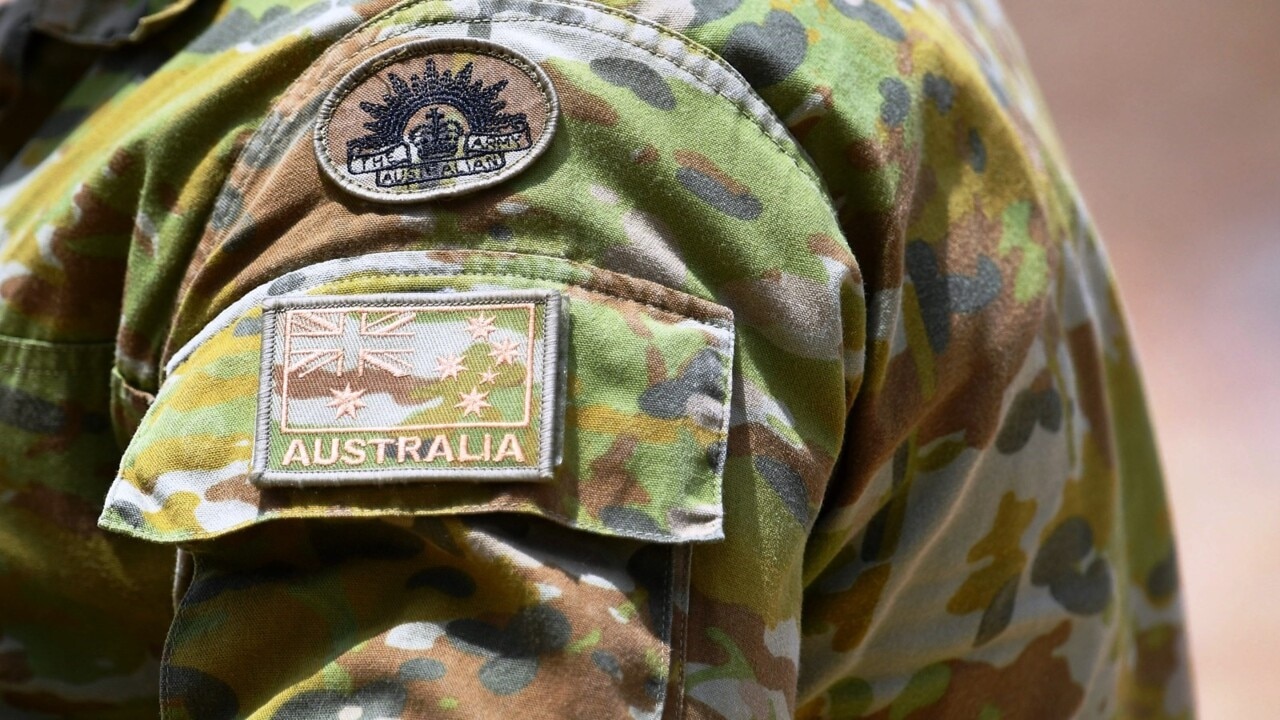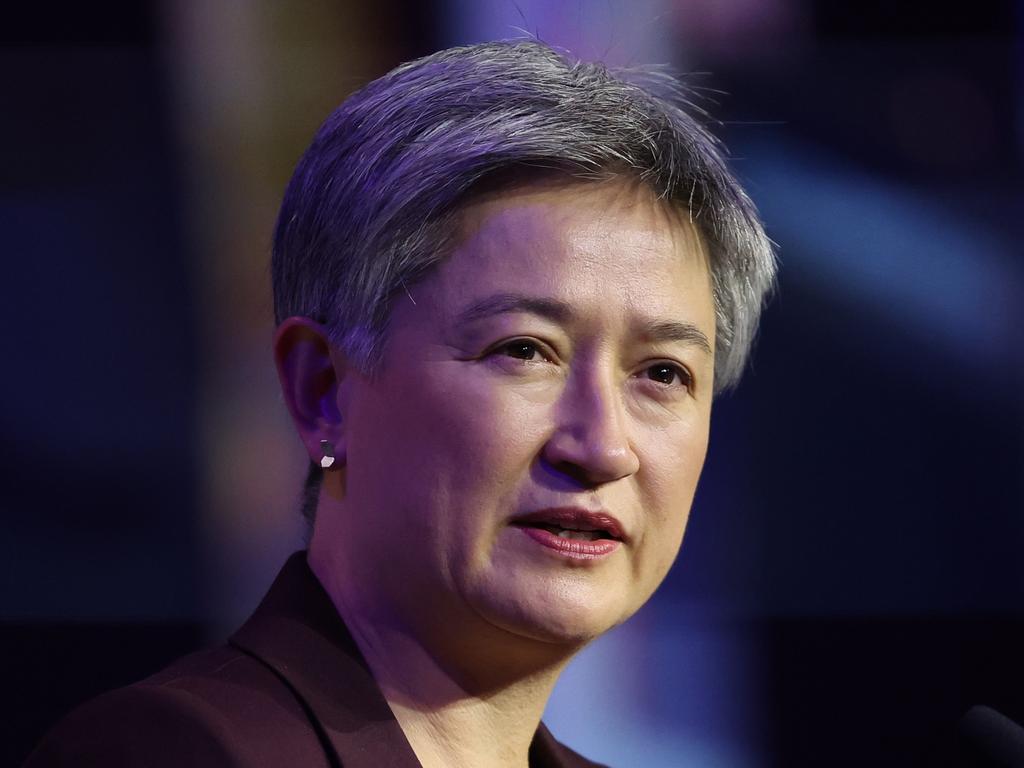Call for audit as Chinese DJI drones join Australian Defence Force war games
The Australian Defence Force is using Chinese drones from a company black-listed by the US.

The Australian Defence Force is using Chinese drones from a company black-listed by the US, prompting calls for a government-wide policy on the use of technology from high-risk suppliers.
Hundreds of drones from Chinese company DJI are in use across the ADF, mainly for training, and some will be used in a three-week military exercise off the Queensland coast in coming weeks.
It comes six years after concerns were first raised about DJI’s cyber security, and six months after the Pentagon black-listed the company, citing concerns it was linked to the People’s Liberation Army.
The revelations have prompted Deputy Prime Minister and Defence Minister Richard Marles to order a Defence audit of its entire supply chain, including manufacturers and suppliers.
The audit will identify, remove and ban any technology considered inappropriate.
The audit would consider any security concerns held by Australia or Five Eyes partners, particularly involving networked devices and make recommendations to Mr Marles on any mitigations required to ensure Defence security.
“We want to be sure our current procurement policies and practices are fit for purpose, specifically for those products and devices that are currently in use within Defence and the ADF,’’ a spokesman for Mr Marles said. “Where there are concerns identified in the audit, those devices and products will be removed.’’
Mr Marles’ office did not specifically say it would ban DJI products, but news of the audit comes after The Australian raised questions about the technology.
The audit follows the earlier discovery that Defence was also using surveillance cameras and other devices from two other controversial Chinese companies, Hikvision and Dahua, which, like DJI – Da Jiang Innovations – have been black-listed by the US over cyber security concerns and possible military links.

An unofficial edict has led to the government, including Defence, removing more than 900 Hikvision and Dahua devices. The removal of the devices comes at the same time the Albanese government ordered Chinese-owned social media platform TikTok be deleted from all government devices, due to data-harvesting and cyber vulnerability fears.
With Chinese telcos Huawei and ZTE banned in 2018 from involvement in Australia’s 5G network, experts say it is time the federal government to developed a policy and issued national guidelines on what Chinese tech is acceptable.
Director of the Tech Policy Design Centre at ANU, Johanna Weaver, said there was no policy for when Australia should use devices from high-risk suppliers.
“Given the current geo-strategic environment, a whack-a-mole approach to Chinese technology is unlikely to serve Australia’s national interests in the long term,’’ Professor Weaver said.
“A strategic approach that produces clear guidelines and depoliticises the decisions on what tech we will and won’t use would be beneficial.
“The challenge at the moment is it is appearing reactionary, and that allows China to say we are politicising the issue, as opposed to developing a clear, strategic policy which is in Australia’s national interest.
“The reality is that there will be places where it doesn’t make sense to have Chinese technology, such as defence and law enforcement.’’
She said there may be other, less sensitive areas where it was appropriate to continue using Chinese-made technology.
The Australian has confirmed DJI drones are being used by the ADF for battlefield training, aerial observation and to capture images used by the ADF’s public affairs unit. They are also due to be used in the three-week ADF military exercises Sea Explorer and Sea Raider, scheduled to take place off Bowen in Queensland in June and July.
Like all Chinese technology companies, DJI, the world’s largest drone manufacturer, is subject to national security laws requiring it to co-operate with Chinese intelligence agencies if requested to provide data.
The ADF briefly suspended use of the drones in 2017 following security concerns, but put them back into service after making modifications such as ensuring they were not connected to ADF databases and not used at classified sites.
DJI, based in Shenzhen in Guangdong province, strongly denies it is a military company and says its drones are designed for civilian use.
ADF documents discoverable online show the Army’s 9th Regiment uses the DJI Mavic 2 Enterprise and Phantom 4+ drones for training, including for night missions and to “develop an understanding of the UAS (uncrewed aerial system) within the battlespace at battery level’’.
The Australian Defence Magazine reported in 2018 that the DJI Phantom training drone was to be used “throughout the entire organisation, including Reservists and Cadets’’ and that Sydney-based personnel from the 17th Combat Service Support Brigade had received a DJI Phantom 4 “as part of the Army’s plan to issue 350 of the systems’’.
They were only to be used in unclassified training scenarios.
Senior Analyst at the Australian Strategic Policy Institute, Samantha Hoffman, said using DJI was not a wise decision by the ADF “because the risks associated with DJI technology have been known for several years now’’.
“The company has supplied PRC public security work in Xinjiang and, despite claiming to be a non-military enterprise, its drone technology (and drones from other PRC companies) have been exported to Russia extensively since its invasion of Ukraine last year, and, supplied (as I understand, by third parties) also to Ukraine,’’ Dr Hoffman said.
She said there should be a government-wide review of the use of Chinese technology by government institutions.
“That is the starting point if governments are to develop a more sustainable and effective long-term policy for dealing with the challenge, otherwise governments will continue playing whack-a-mole,’’ she said.
“At the same time, I also think banning lists of companies is an ineffective way of dealing with this problem.
“It is not sustainable for governments to continually blacklist companies, and it isn’t very practical to think they can be fully eliminated from our supply chains.
“Governments, and the private sector, need to develop better tools for understanding and assessing risk associated with PRC-produced technologies.
Director of the Australia-China Relations Institute at UTS, James Laurenceson, said bans on China technology should be limited to areas where the risks were greatest.
“Narrow measures like banning TikTok from government devices, removing Chinese-made CCTV cameras in the Department of Defence and requiring our armed forces to gradually reduce their use of Chinese made drones are one thing,’’ Professor Laurenceson said.
“But more broadly, bans and other extreme measures aren’t a solution, and the reason isn’t because Beijing might react badly.
“It’s because in an increasing number of areas, Chinese technology is the best.
“And certainly, no other country can incorporate that technology in manufactured goods and services at the same scale China can.’’
Professor Laurenceson said it was “delusional’’ to think Australia could compete internationally without access to Chinese technology.
“For decades, it was the West that had the best technology and China was seeking to acquire it. But now there are plenty of areas where it’s in Australia’s interests to co-operate with China and not carve it out because otherwise we’ll be consigning ourselves to second-rate technology,’’ he said.
“All this should make the Australian government extremely cautious about extending the narrow measures taken to date.’’
Since Labor’s election last year, Australia and China have been taking tentative steps to improve their relationships, mainly in the areas of trade, and Professor Laurenceson said he was confident the relationship “is now sufficiently resilient to take narrow moves on Chinese technology by Canberra in its stride’’.
“From an Australian national interest perspective, by all means let’s build technology links with the US and our other geostrategic mates,’’ he said. “But China must be part of the mix too.’’
Opposition cyber-security spokesman James Paterson said: “While DJI may be a popular drone manufacturer they are also black-listed by the US government because of their links to the People’s Liberation Army and sanctioned for their role in the surveillance of Uighurs in Xinjiang.
“The Australian Defence Force would have to have a very good explanation why they think it’s safe for us to use when our closest military ally does not,’’ Senator Paterson said.






To join the conversation, please log in. Don't have an account? Register
Join the conversation, you are commenting as Logout